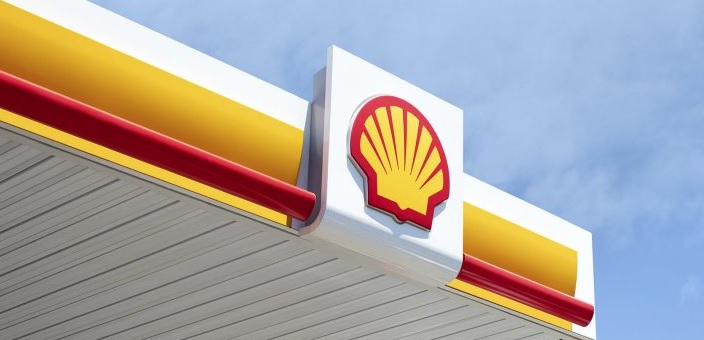Shell, the oil and gas company headquartered in London, published its 2021 Sustainability Report indicating its focus on accelerating the transition to net-zero emissions, in step with society.
According to the company, Shell aims to manage its transition to a net-zero emissions energy business by 2050, in step with society’s progress towards achieving the goals of the Paris Agreement.
#1 Energy Transition
Shell’s climate target is to become a net-zero emissions energy business by 2050, in step with society’s progress in achieving the goal of the UN Paris Agreement on climate change.
The company have set targets to reduce the carbon intensity (Net Carbon Footprint) of the energy products it sells. This includes short-term targets of 3-4% by 2022, 6-8% by 2023 and 9-12% by 2024 (compared with 2016). It also includes medium- and long-term targets of 20% by 2030, 45% by 2035, and 100% by 2050 (compared with 2016), in step with society.
#2 Managing Greenhouse Gas emissions
Greenhouse Gas emissions: Shell aims to be net zero on emissions generated by its operations by 2050 or sooner, in step with society. In October 2021, the company announced an absolute emissions reduction target of 50% by 2030, compared with 2016 levels on a net basis.
Methane emissions: By 2025, Shell expects to have kept the methane emissions intensity of Shell-operated assets to below 0.2%. In 2021, the company’s methane emissions intensity averaged 0.06% for assets with marketed gas and 0.01% for assets without marketed gas. Shell’s methane emissions intensity ranged from below 0.01% to 1.5% in 2021 compared with 0.01% to 0.6% in 2020.
Flaring: Shell has committed to bringing forward the target to eliminate routine gas flaring from its Upstream operated assets from 2030 to 2025. Flaring of gas in Shell’s Upstream and Integrated Gas businesses contributed around 7% to its overall direct greenhouse gas (GHG) emissions in 2021.
Sectoral decarbonization: Shell has an ambition to produce around 2 million tonnes of sustainable aviation fuel (SAF) a year by 2025 and increase its share to at least 10% of our global aviation fuel sales by 2030.
The role of nature: The company’s aim is to use nature-based solutions to mitigate emissions of around 120 million tonnes of CO2 per year by 2030. As informed, in 2021, Shell aimed to invest around $100 million in nature-based solutions such as forests and wetlands that store carbon.
Carbon capture and storage: Shell seeks to have access to an additional 25 million tonnes a year of carbon capture and storage (CCS) capacity by 2035 –
equal to 25 CCS facilities the size of our Quest site in Canada. In 2021, Shell’s operating costs for and investment in CCS opportunities amounted to around $146 million.
#3 Providing low-carbon electricity
Integrated power: Shell aims to increase its power sales to 560 terawatts a year by 2030. In 2021, the company sold 251 TWh of power and cash capital expenditure in Renewables and Energy Solutions amounted to $2.4 billion. In 2022, Shell aims to invest $3 billion in our Renewables and Energy Solutions business.
Wind: At the end of 2021, the Shell share of total installed capacity combined from onshore and offshore wind was 466 megawatts alternating current (MWac), with a further Shell share of 838 MWac under construction.
Solar: At the end of 2021, Shell’s share of installed solar power capacity was 734 megawatts direct current (MWdc), with 1,484 MWdc under construction.
#4 Fueling mobility
Biofuels: In 2021, around 9.1 billion litres of biofuels went into Shell’s petrol and diesel worldwide, which included 3.2 billion litres through our joint venture Raízen on an equity basis. In 2020, around 9.5 billion litres of biofuels went into Shell’s petrol and diesel worldwide.
Renewable natural gas: In 2021, Shell had planned to grow its European LNG refuelling stations to 50 sites by the end of 2021 for bioLNG distribution. By the end of the year, it had 44 Shell-branded LNG refuelling stations across seven countries. This is an increase on the 26 stations we had in 2020.
Hydrogen: In 2021, the company started production at the electrolyser at our Shell Energy and Chemicals Park Rheinland in Germany. The 10 megawatts (MW) proton exchange membrane (PEM) electrolyser uses renewable energy to produce up to 1,300 tonnes of decarbonised hydrogen a year, which we are using to make lower-carbon fuels at the park.






























































